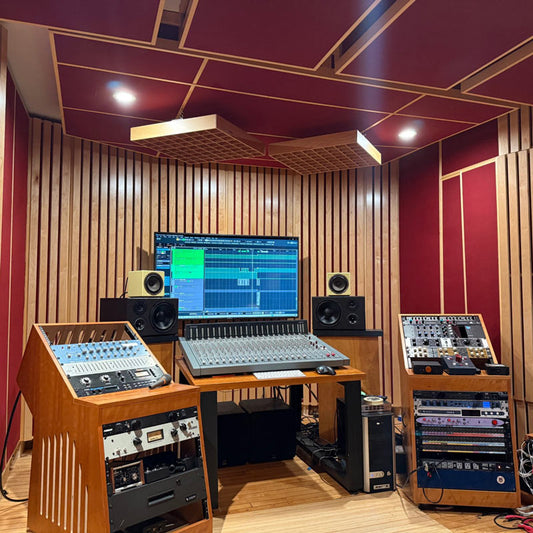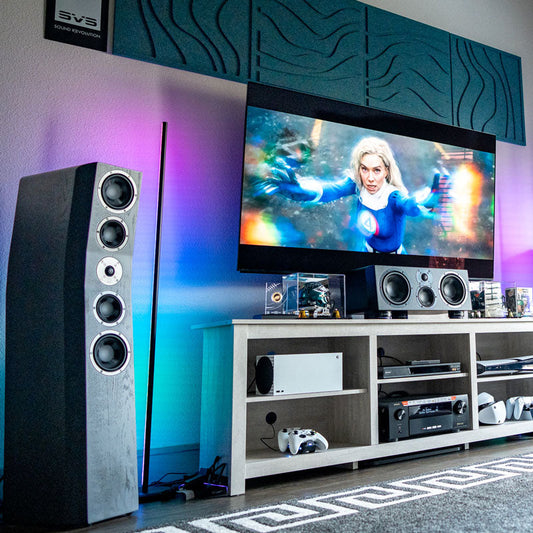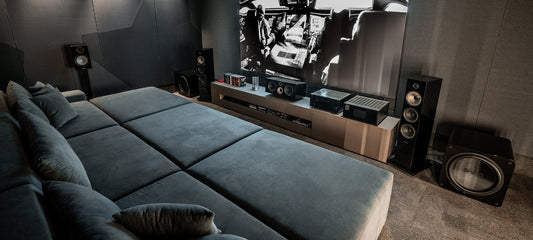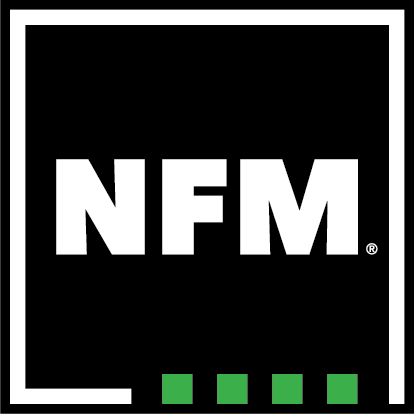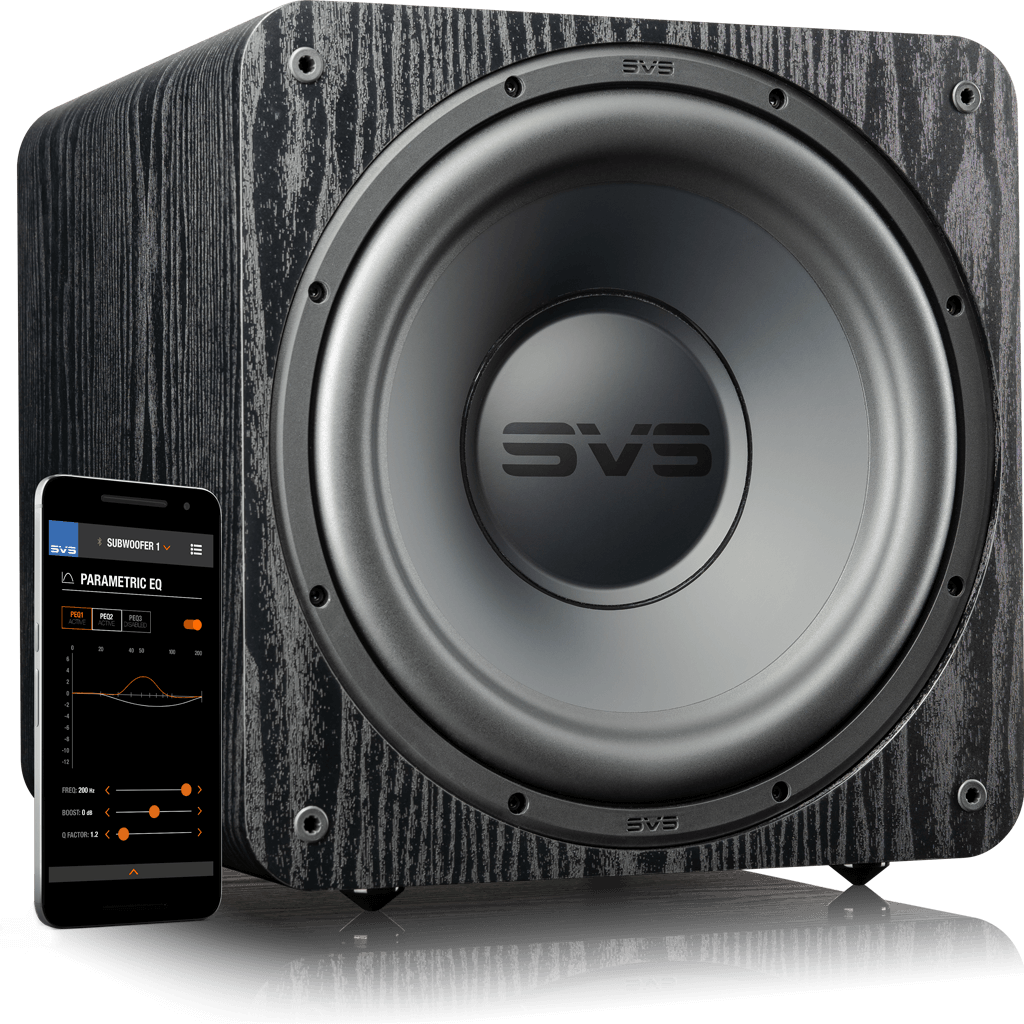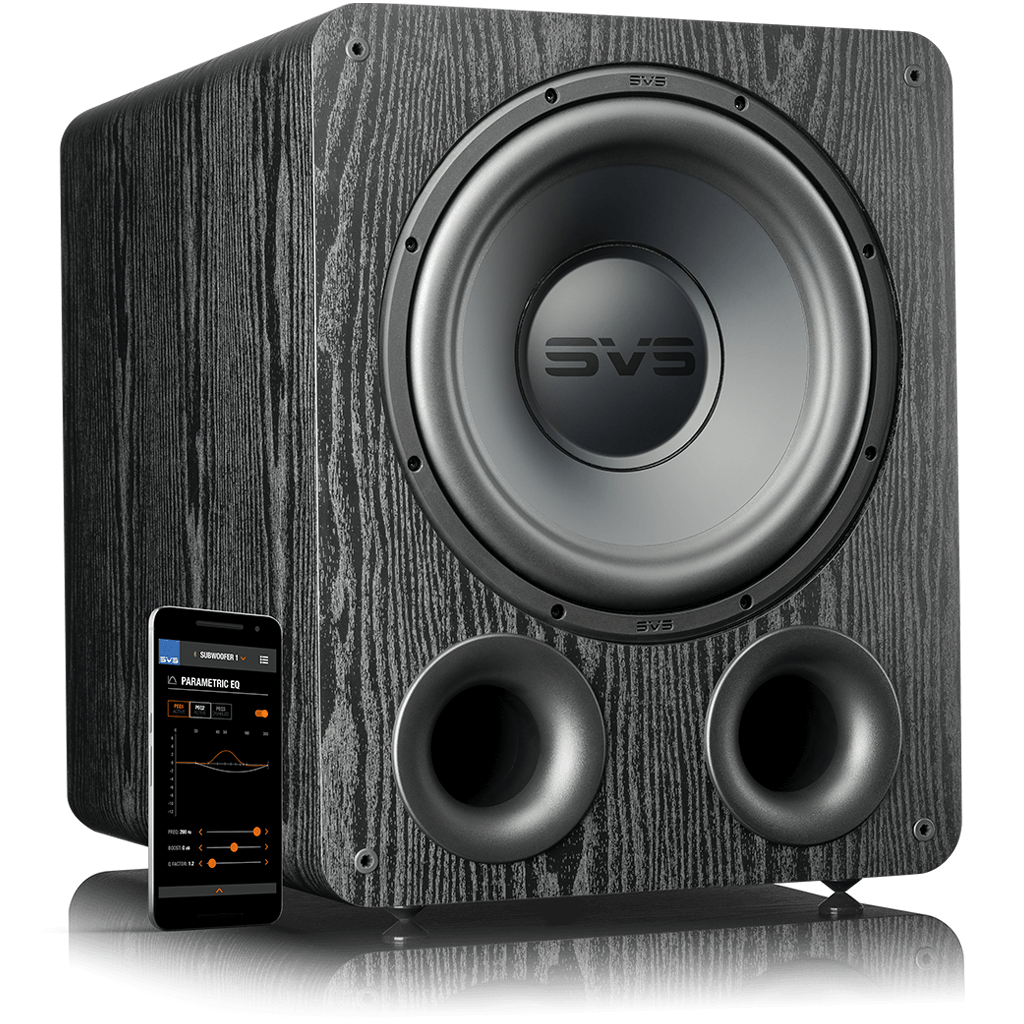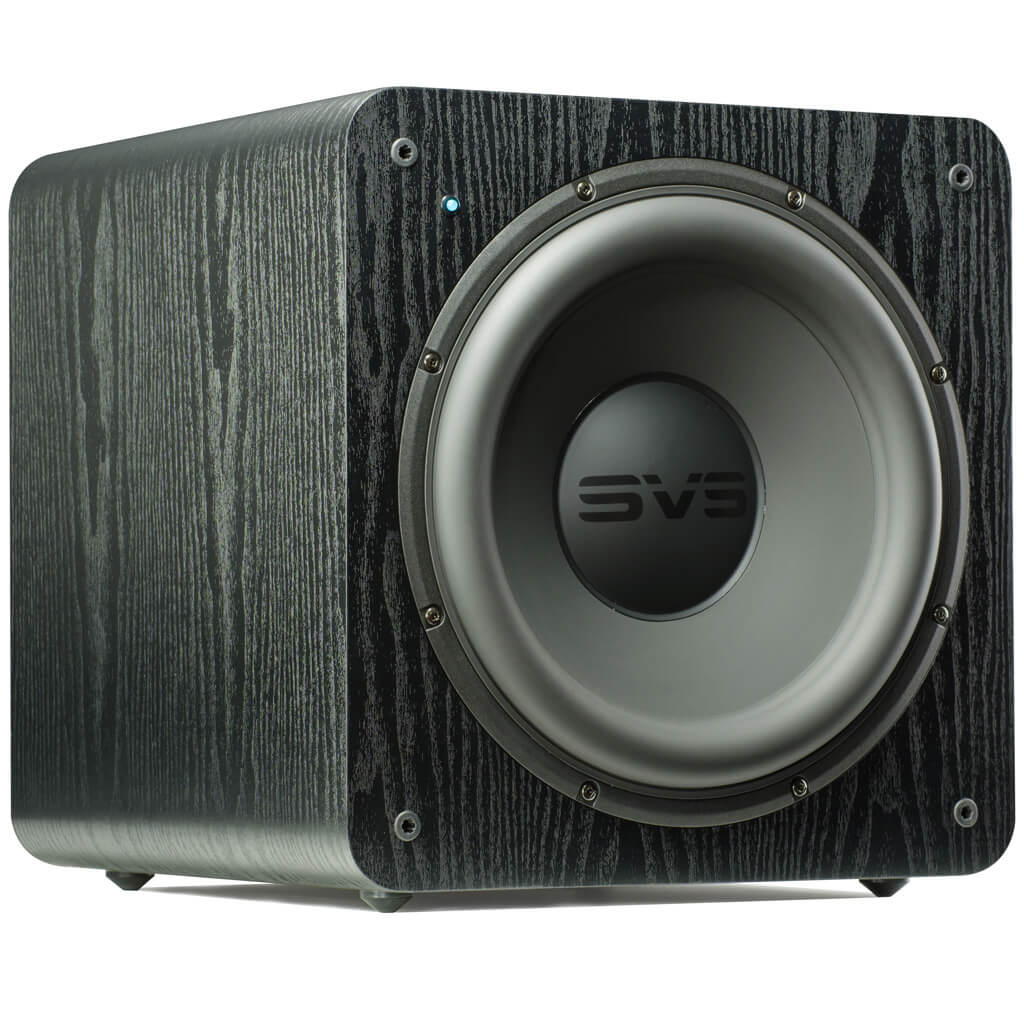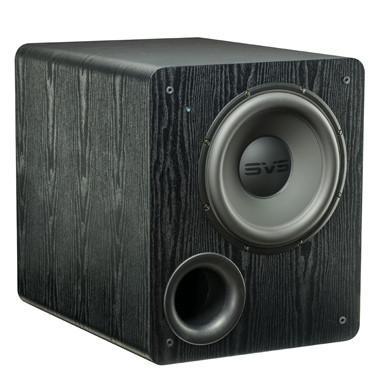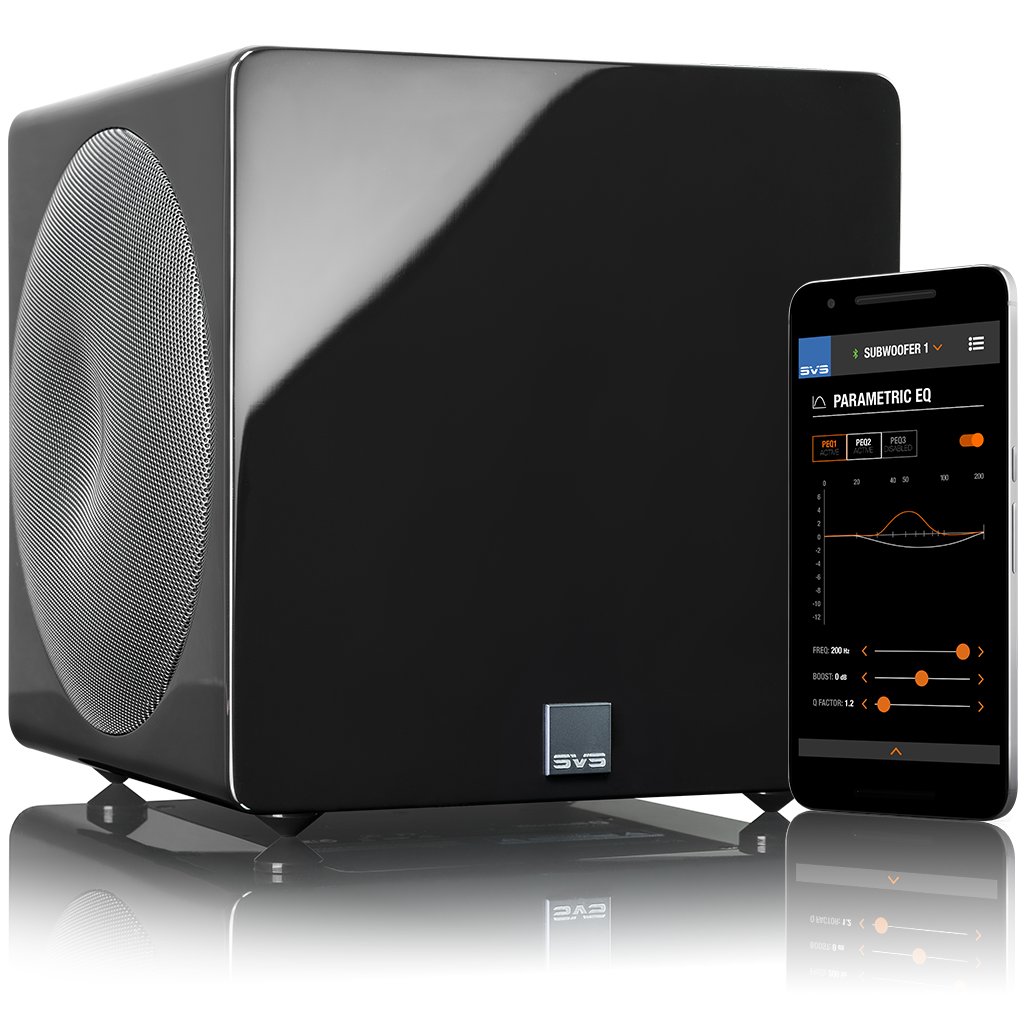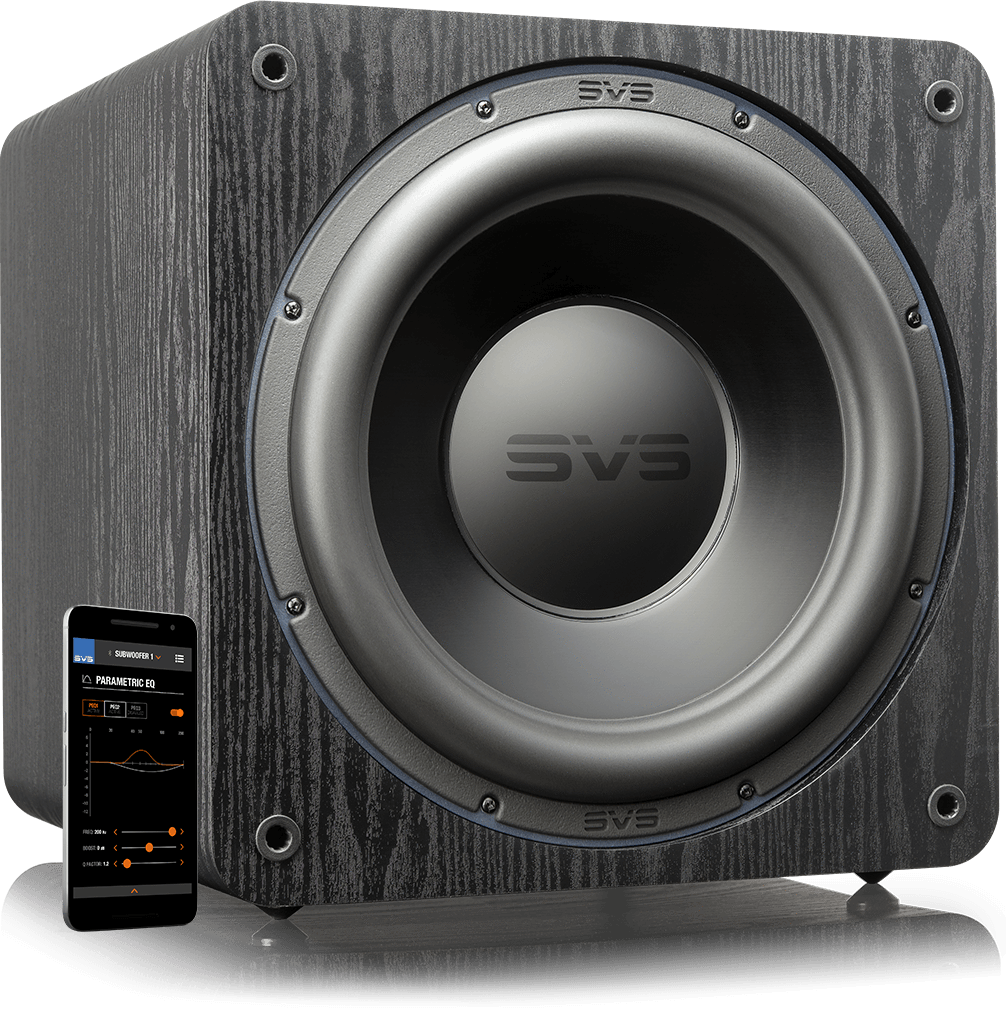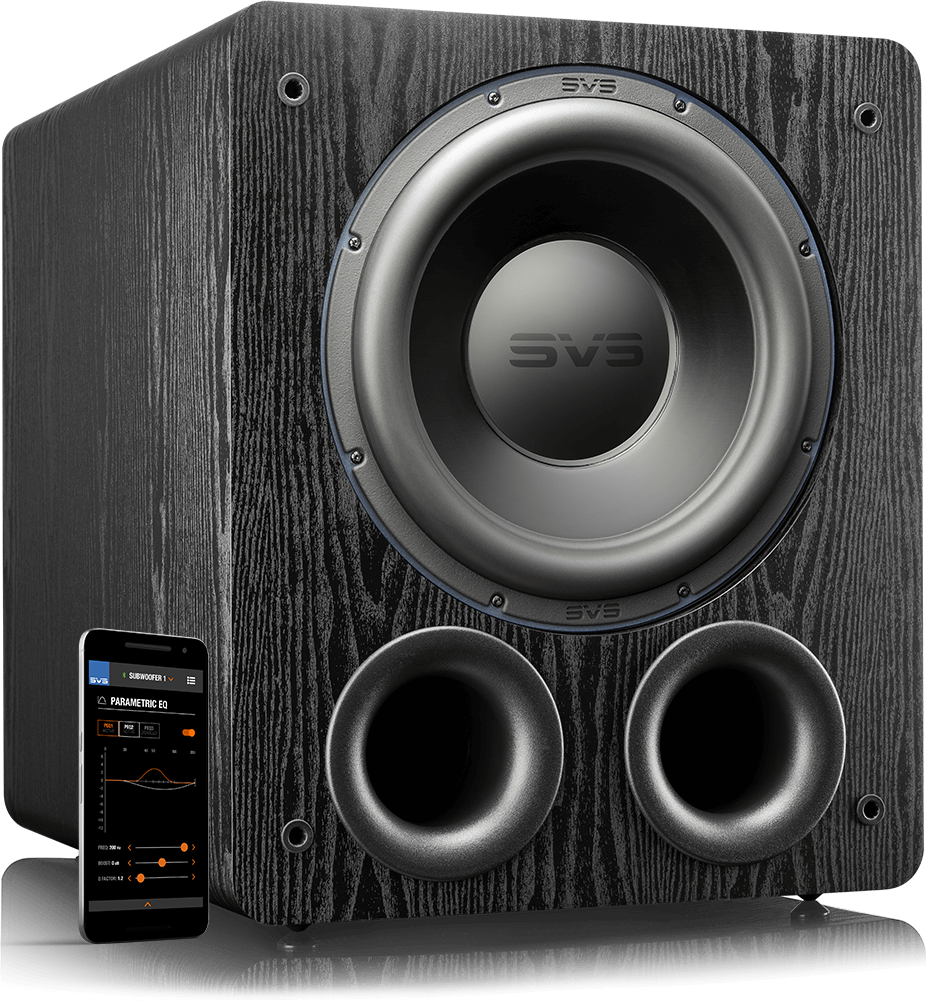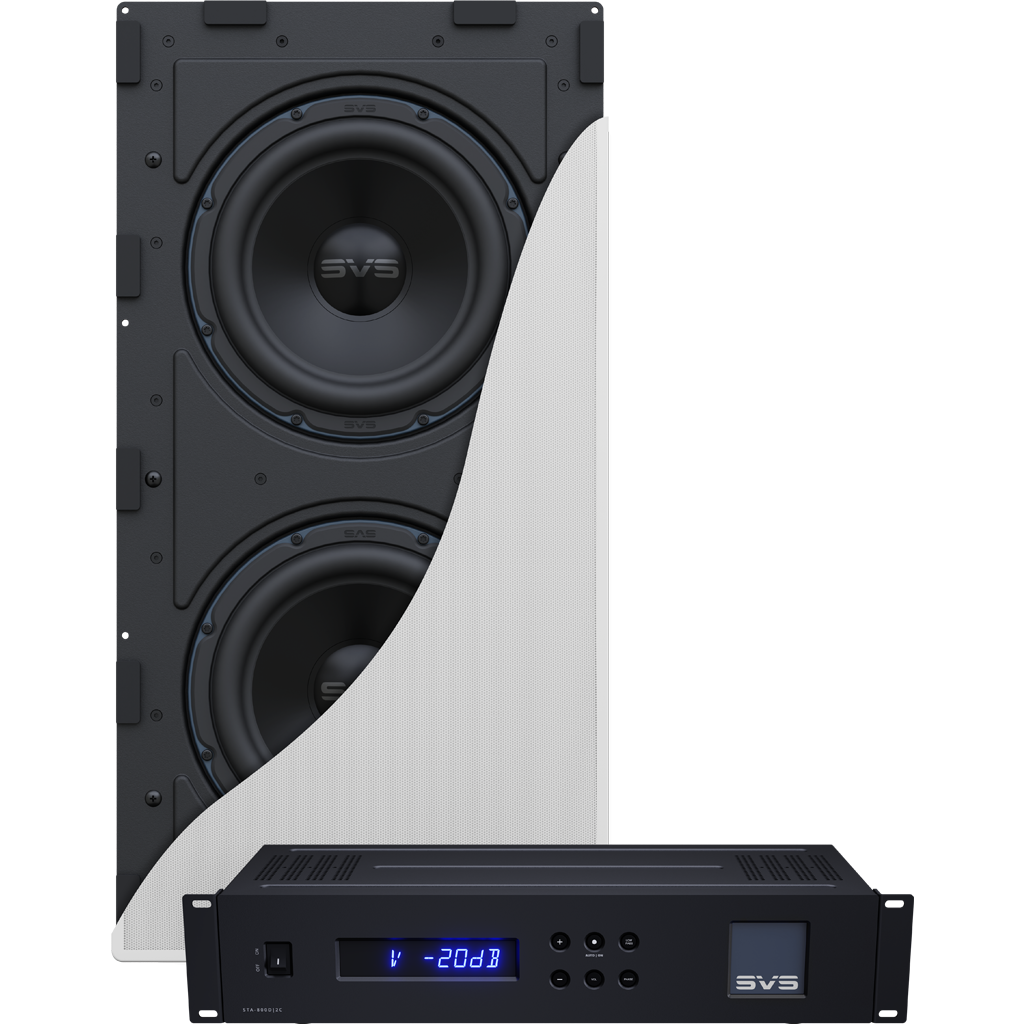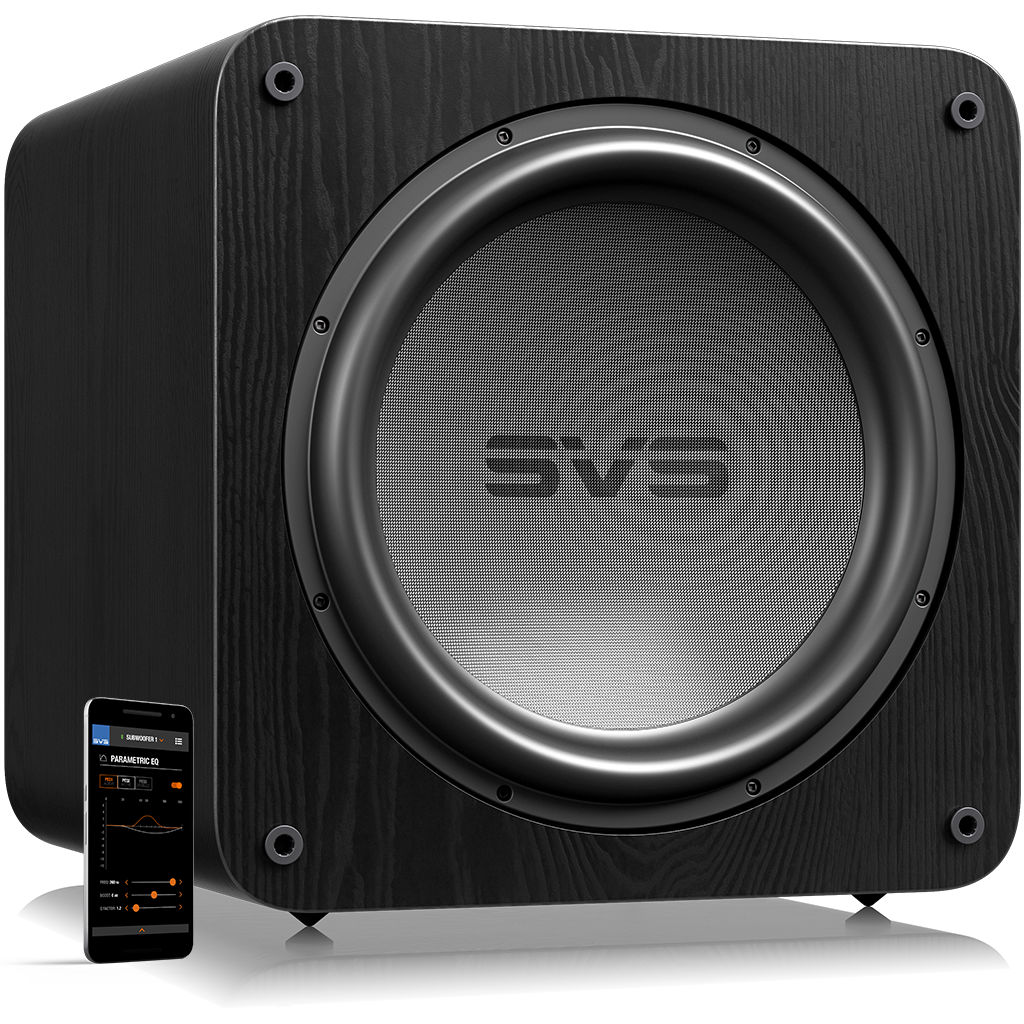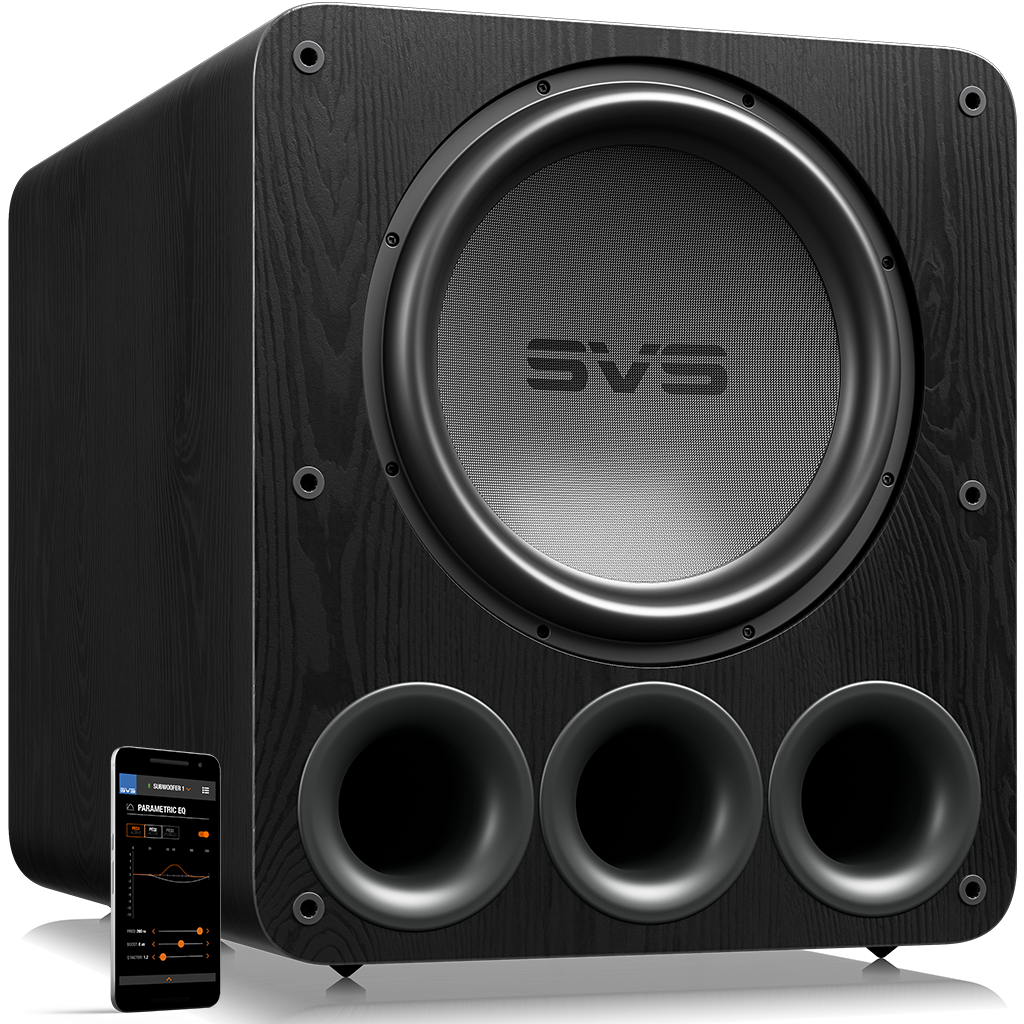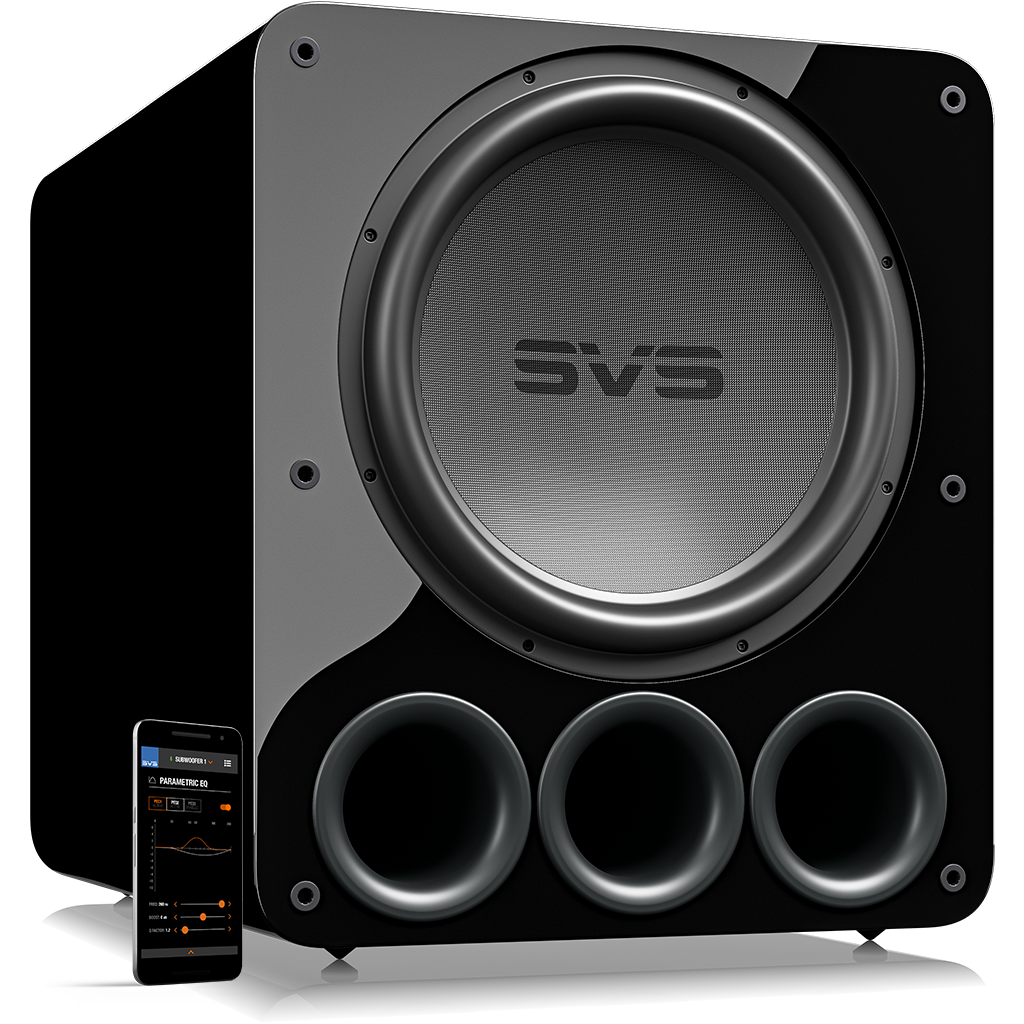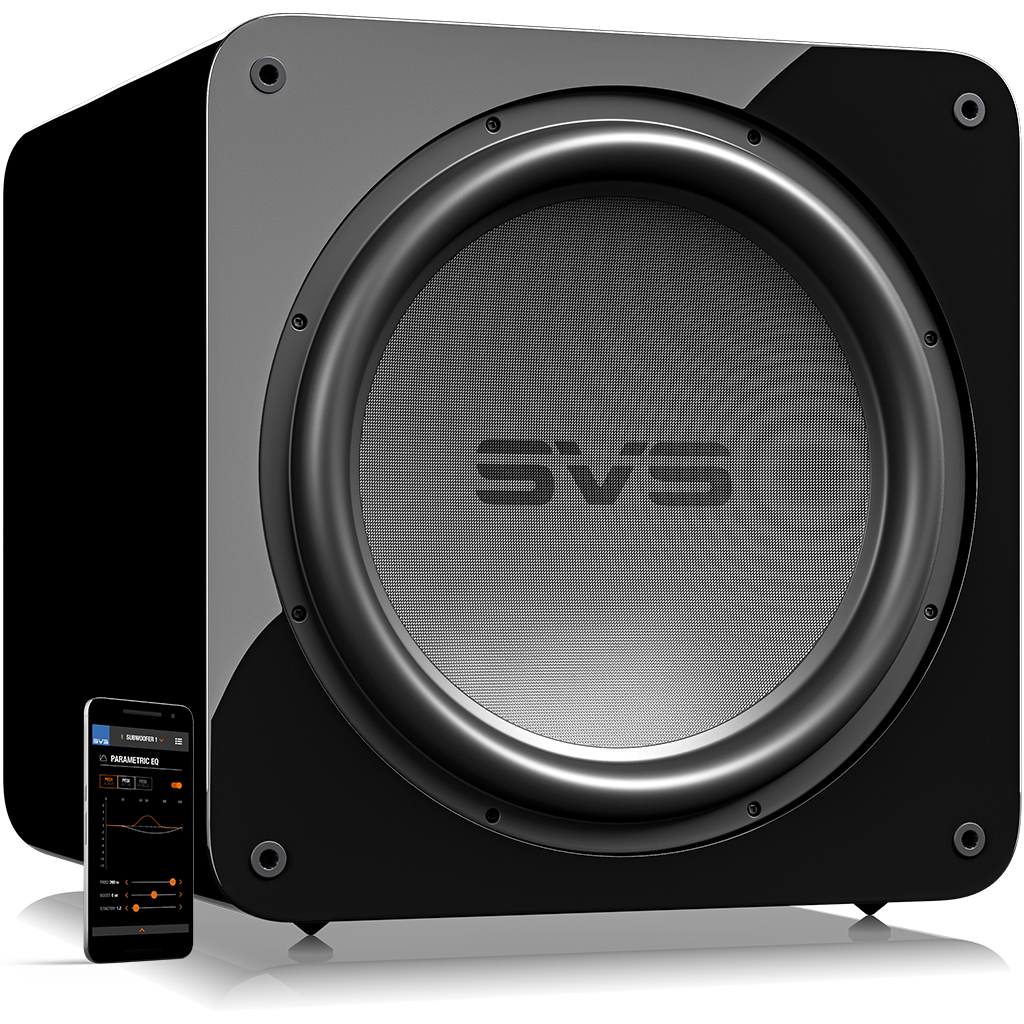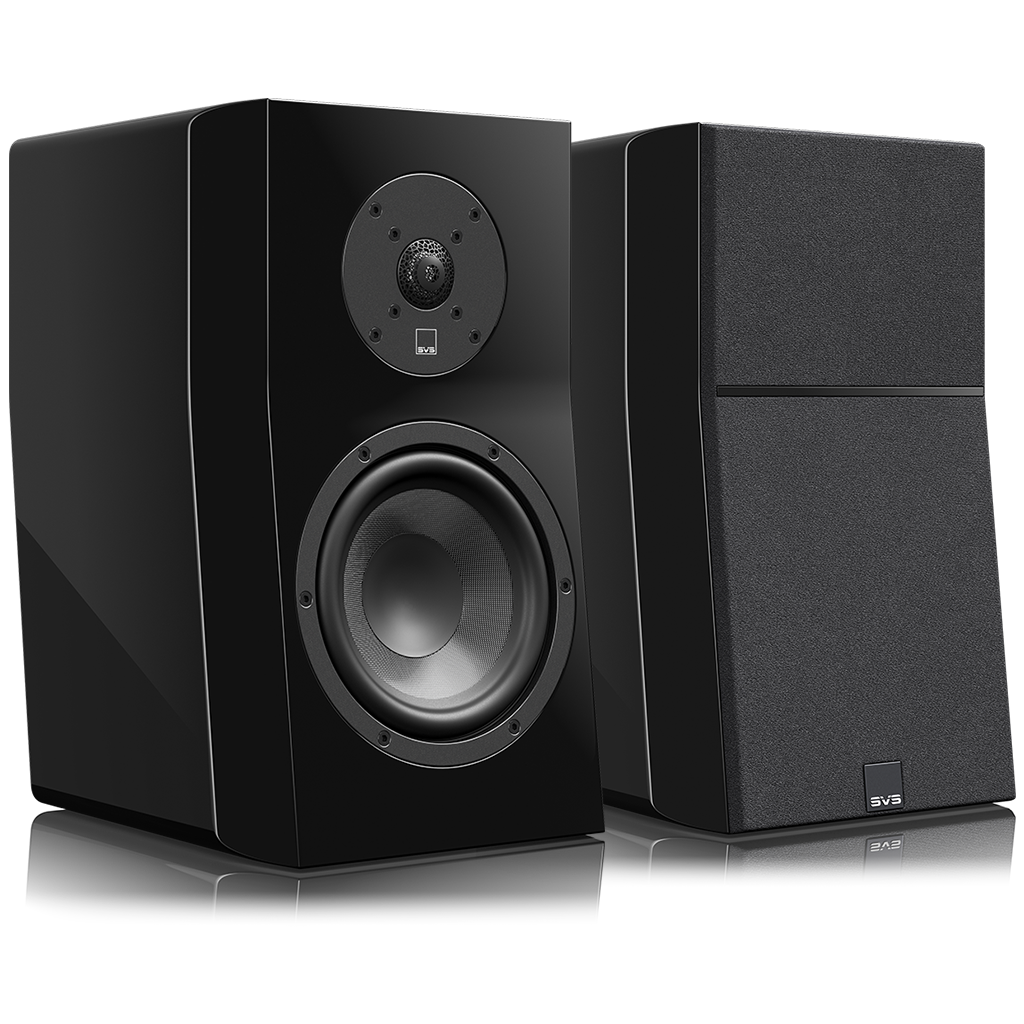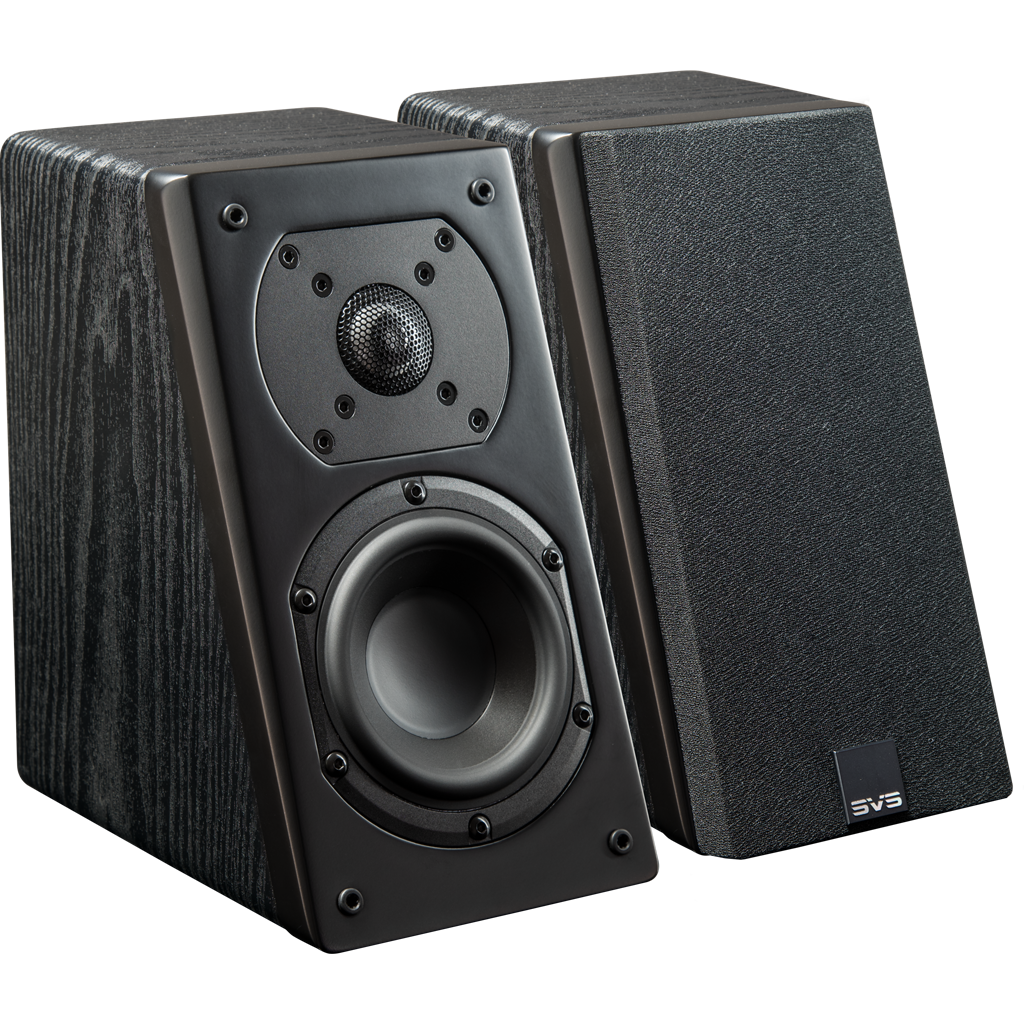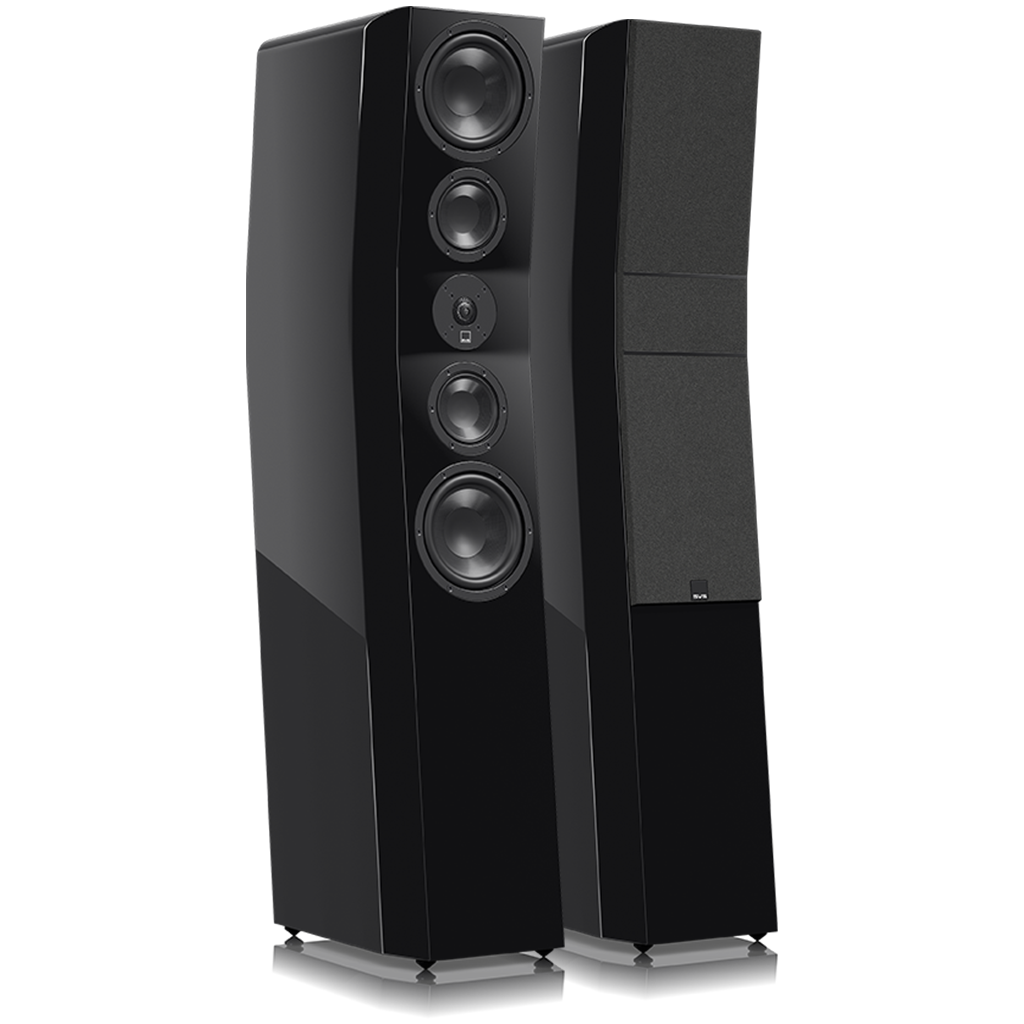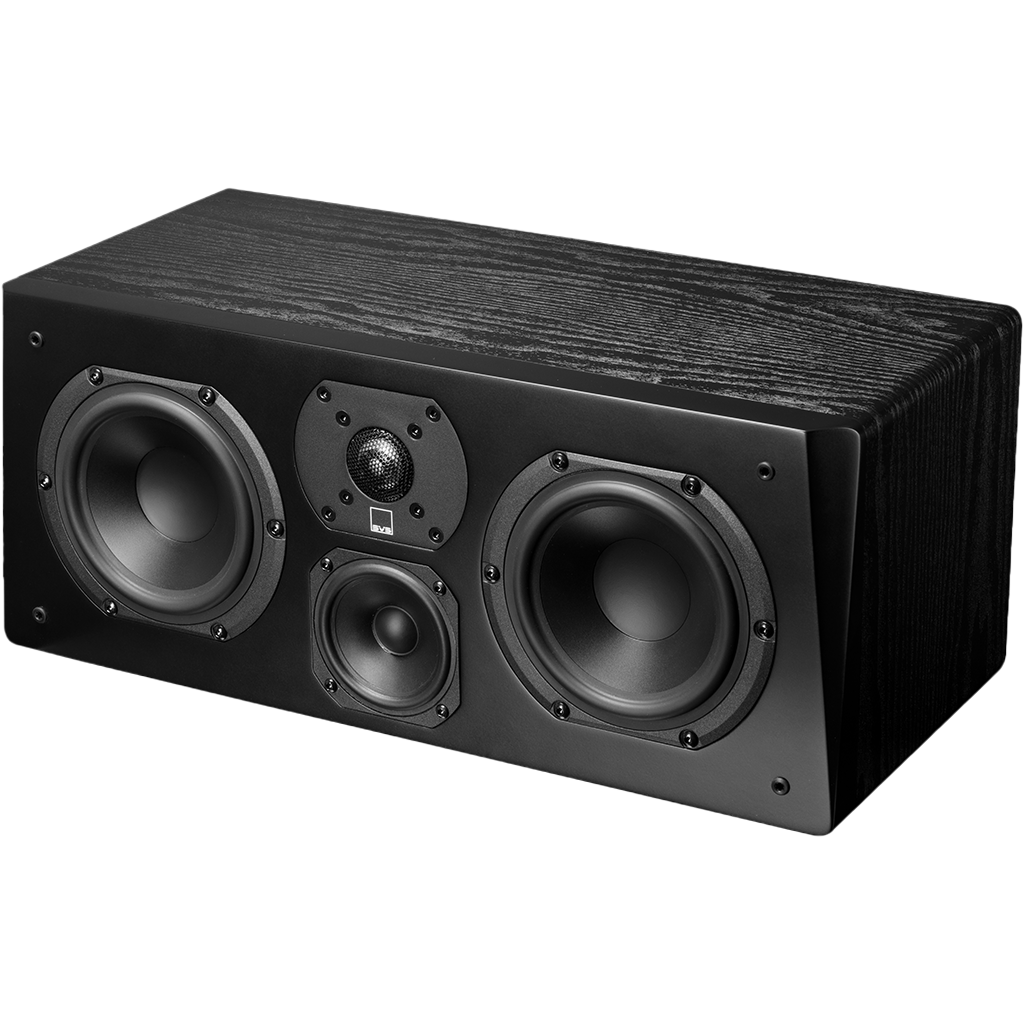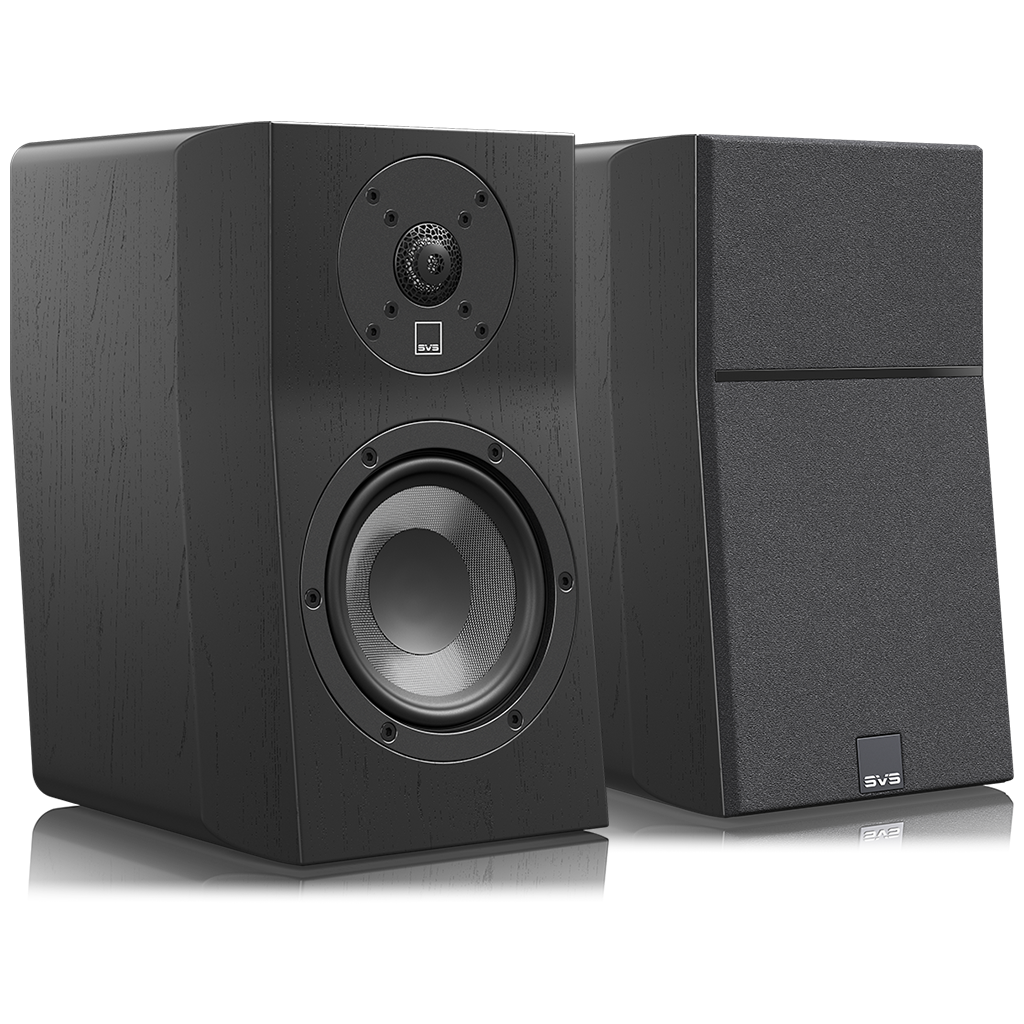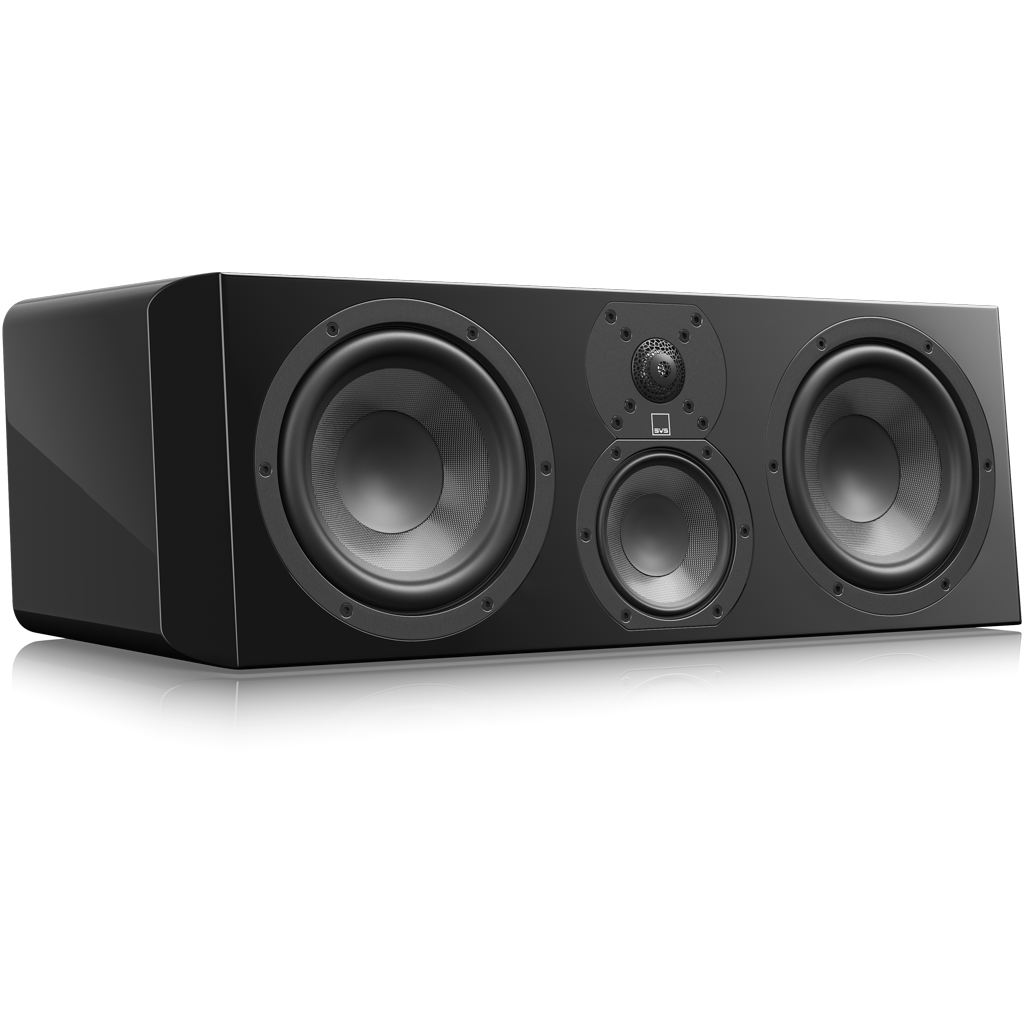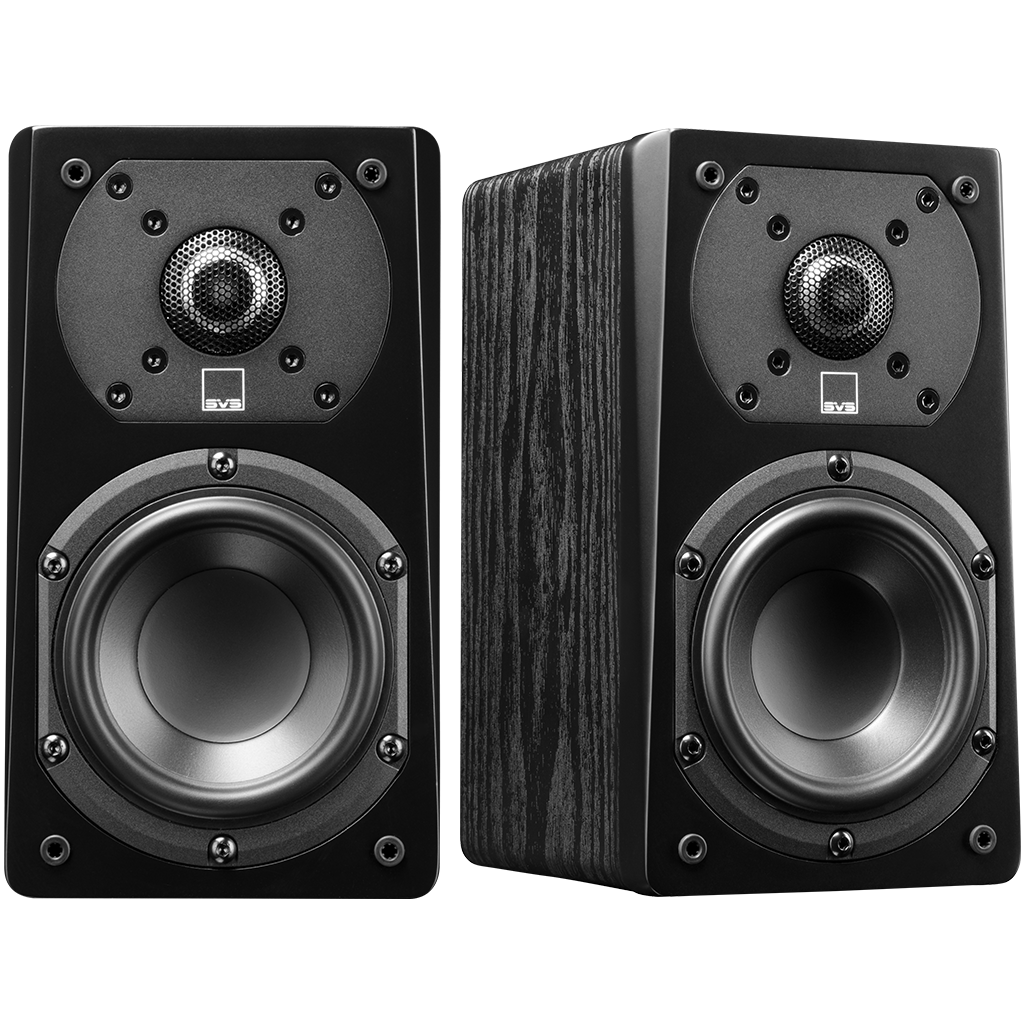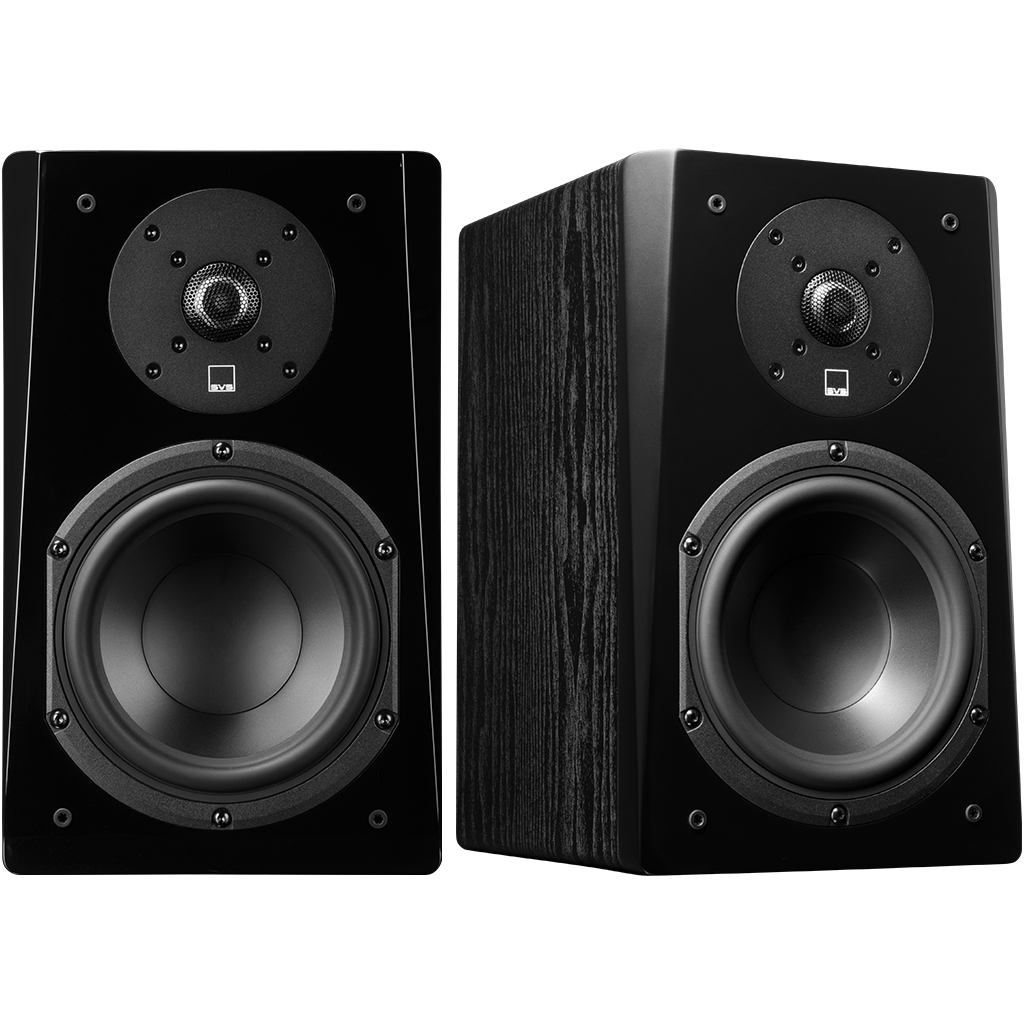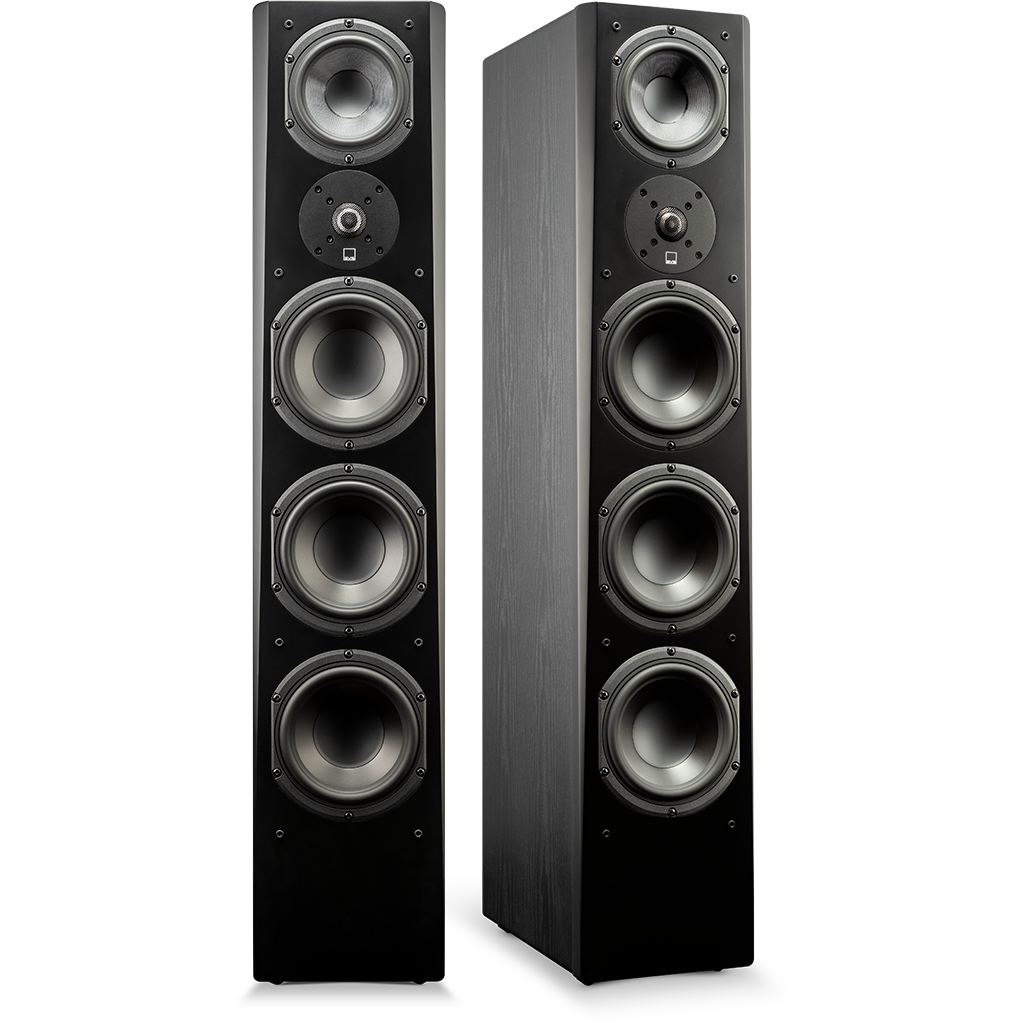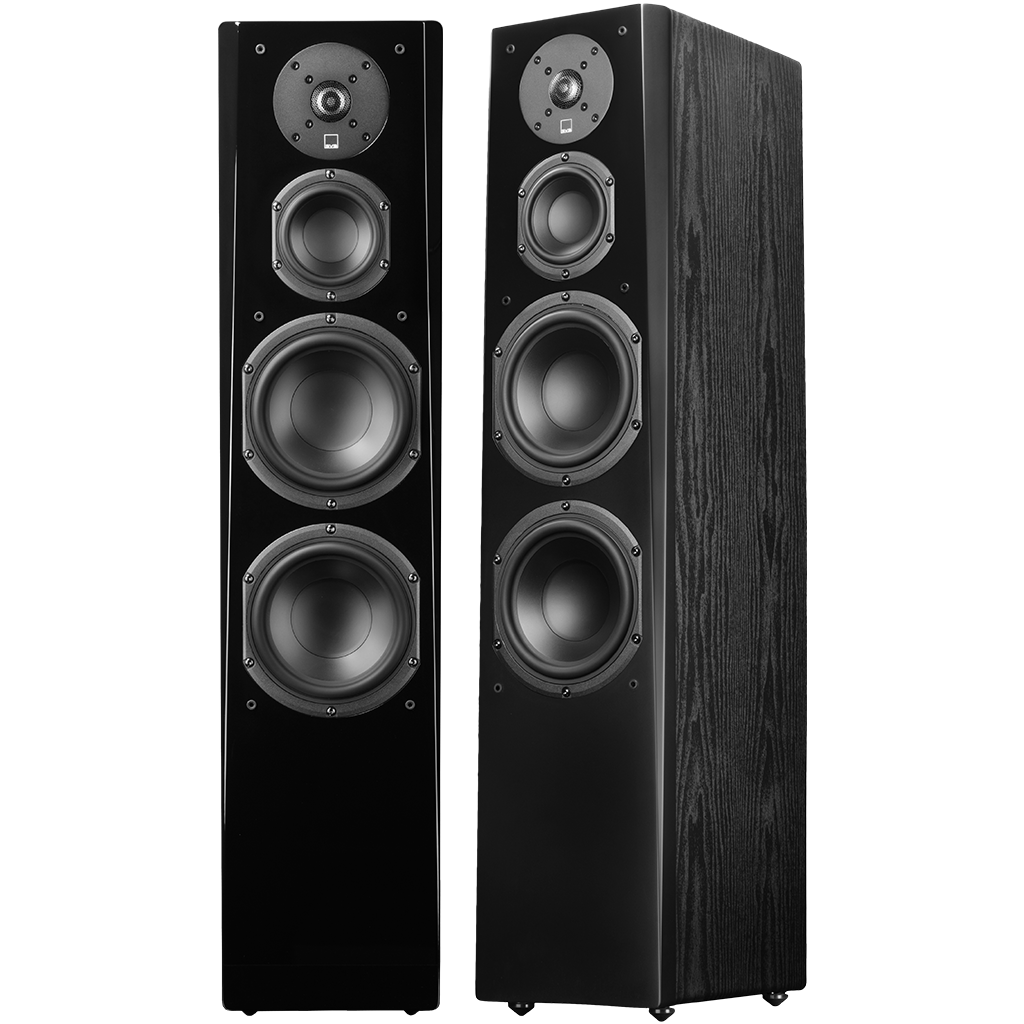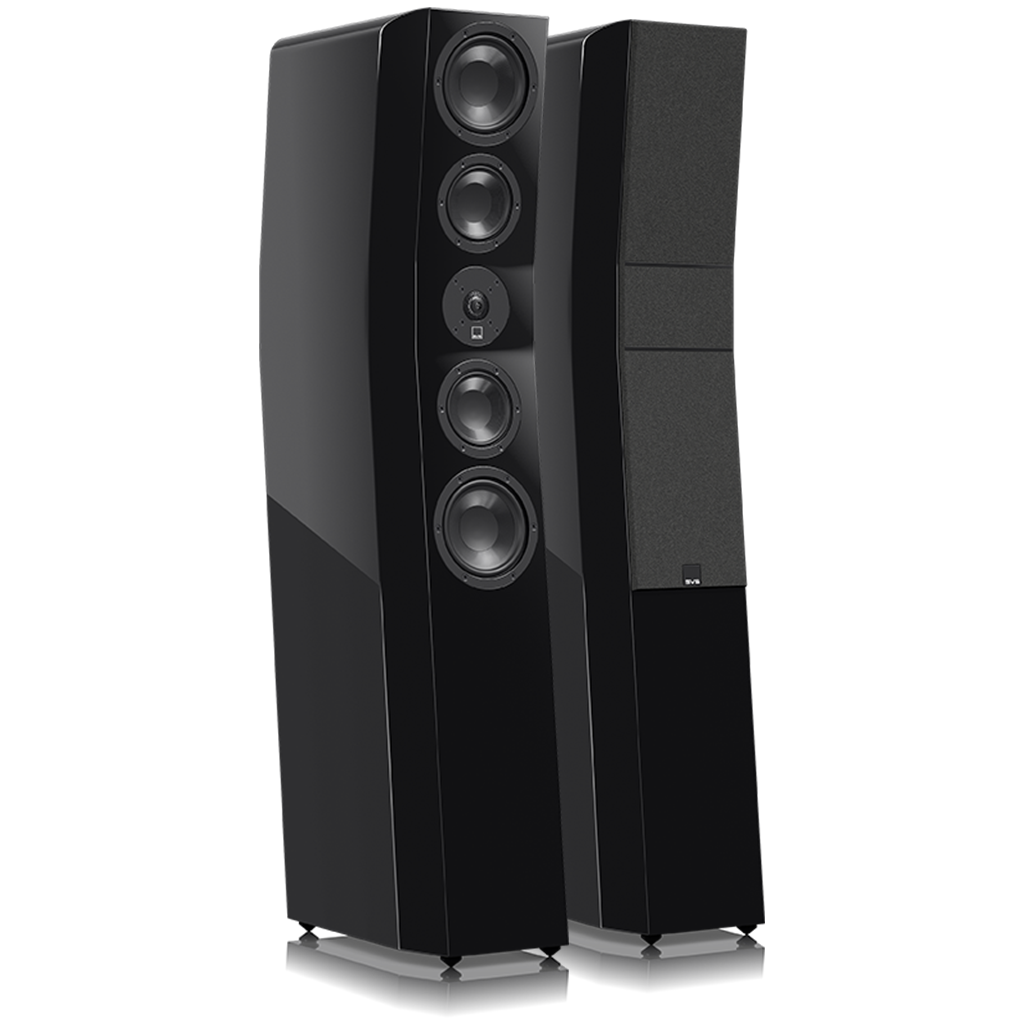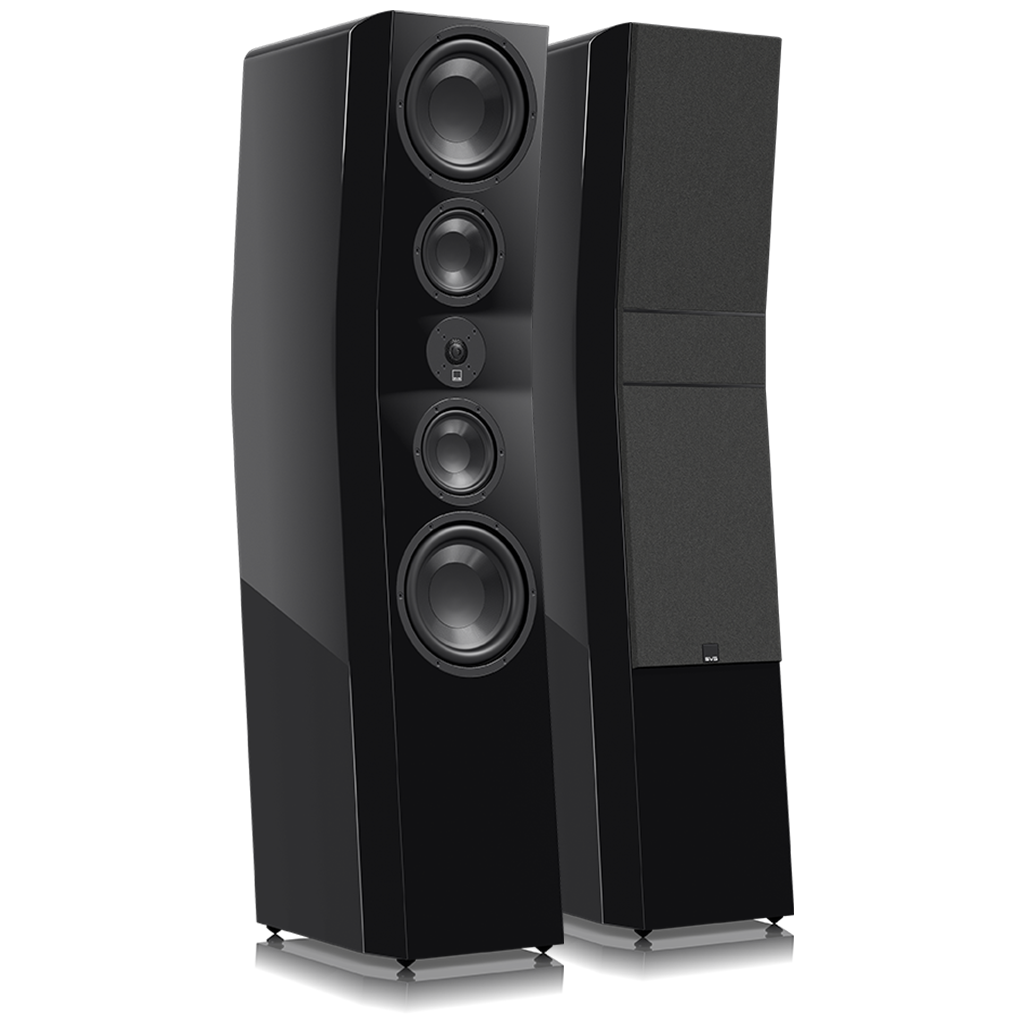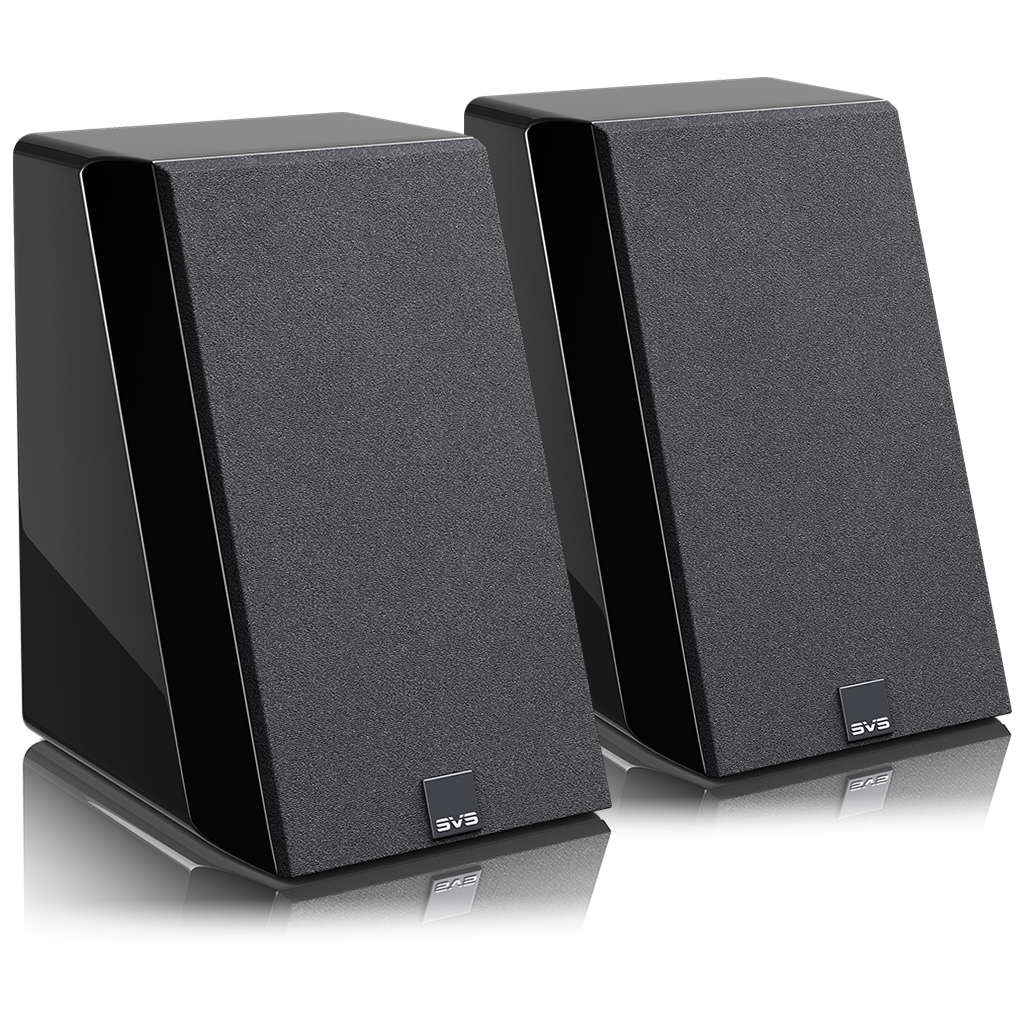Ryan S., Hollywood Sound Engineer
Ryan S., Hollywood Sound Engineer

When your job involves conjuring the thunder of mythical battles, designing the delicate flap of bat wings, and making sure robot spiders sound just right, your audio gear better be up to the challenge. Fortunately, sound designer and effects editor Ryan S. knows exactly how to bring the boom. With credits on major productions like The Lord of the Rings: The Rings of Power, Hotel Transylvania 4, Secret Level, and the upcoming series Duster, Ryan has made a name for himself as someone who can make any sound come to life with immersive realism.
In his home studio, Ryan relies on an SVS PB-2000 Pro and 3000 Micro to help sculpt the deep, tactile low-end that brings his work to life. Whether he’s building a wall of sonic chaos for a fantasy battle or adding subtle reinforcement to a piece of music or art installation, his SVS subs are a vital part of his workflow.
The Setup:
7.1 system of JBL 7 Series monitors with a SVS PB-2000 Pro subwoofer. Everything feeds into my Avid MTRX Studio audio interface. All my cabling is by Mogami, and power is handled by Furman and AudioQuest.
For musical gear, I have a Eurorack modular synth setup, an Elektron Analog Rytm, a KORG MS-20 Mini, and a Minimoog Voyager.
Questions And Answers:
How is the SVS subwoofer being used in your home studio?
I use it as the LFE channel when working on film, TV, or other multichannel media. I also incorporate it into a two-channel setup when making music or installation artwork, mainly for reinforcement and extension.
Why did you decide an SVS subwoofer was a good fit compared to a professional studio subwoofer?
I was recommended SVS by my good friend Matt Yocum, who has an SB-4000 in his studio and absolutely loved it. When it came time to upgrade from my all-JBL 3 Series setup to the 7 Series, I wanted something that could punch above its weight and deliver the low-end performance I hear on professional mix stages. That would help my mixes translate better from home to stage. The more I talked to sound designers and peers, the more SVS kept coming up. I bought the PB-2000 Pro—and now my home's foundation has been crumbling ever since!
Why are bass and low frequencies important in movies?
One of the hardest things to teach in sound design is taste. Anyone can cut a car door, but teaching abstract concepts like emotion, intention, and storytelling through sound is much harder. One of these things that’s hard to teach is mastering low end. Bass and low frequencies are crucial because they don't just let you hear sound—they make you feel it, drawing the audience deeper into the experience. They can be as simple as the low bass in the music or a brooding drone of an evil spirit, and understanding how to manage the low end can make the experience feel expensive and immersive, but it can be easy to bloat the soundtrack.
Please describe your role as a sound design engineer. What does your work include on projects like Lord of the Rings, Secret Level, and Hotel Transylvania?
I primarily work as a sound effects editor and sound designer. A sound effects editor cuts in existing sounds from libraries that I own or have made—for example, if there's a car chase, I'd add engine revs, tire squeals, gear shifts, and ambience surrounding the location.
As a sound designer, I create and manipulate sounds that don't exist naturally—things like creatures, laser weapons, cinematic whooshes, and impacts.
On The Rings of Power, I handled almost all the fire sounds—from simple torches to magical fire spells.
On Secret Level, our team divided and conquered different things in every episode. For example, I handled weapons, explosions, and impacts in "Exodus," vehicles, UI, and design in "Playtime," the bone witch in "Warhammer," rock and metal in "Honor of Kings," and a robot spider in "Mega Man."
In Hotel Transylvania 4, I covered a wide range, from bat wings to lava impacts, ringtones, rock smashes, and more.
Is it true that low frequencies are often the hardest thing to get "right"? Why?
Yes and no. The real challenge is balancing tonality and noise without stacking too many sounds, which can cause a bloated low end. Around 63 Hz, you start to lose clear tonality and risk slipping into muddy noise.
As my friend Robby Stambler said, "Bass makes movies feel expensive," and he’s right. Less is more and the key is knowing how to identify distinct bands—the rumble in the 30–60 Hz range, the body in the low mids, and the impact around 80 Hz—without overwhelming everything.
Getting low frequencies right isn't the hardest part; it just takes knowledge, experience, and careful manipulation over time. In time, you’ll ultimately cut less material but will process and EQ your material to get the most out of it.
What are some of your favorite bass-heavy scenes from movies you’ve worked on (or just enjoy)?
The Warhammer episode of Secret Level is an incredible system tester, it’s packed with low-end information that's perfect for checking your subs.
I think Episode 6 of Season 1 of The Rings of Power is a wonderful system tester, it’s got a little bit of everything and represents large dynamic swings in our work.
The Pope’s Exorcist has a pretty crazy last 20 minutes or so that is sure to work your sub and home theater system.
For inspiration, my holy grail is Damian Chazelle’s First Man. Ai-Ling Lee and her team did a magnificent job with the sound design—a masterclass in elegant design, dynamics, and analog "beef" in the low mids and bass. It manages to mix the realistic with the evocative Hollywood sound design.
Anything you can share about editing sound for movies that might surprise people?
People might be surprised how much sound is built from scratch and how little production audio is usable from a sound effects perspective. We replace, enhance and build on everything.
Editing isn’t just finding a door creak and cutting it in. What genre is it? What's the material of the door? Does it clash with music or dialogue? With 15,000 options, choosing the right one takes immense creative judgment, which ultimately takes the most amount of time. You can teach anyone to press certain keys to trim or edit a sound, but taste is where the creative practice comes in.
Taste is the hardest thing to teach—it’s abstract, personal, and critical to making the movie feel emotional and impactful and not easily something you can articulate, it comes from critical listening and experimentation.
How do you see the future of cinematic sound evolving?
Machine learning (A.I.) has already made a big impact and will continue to, especially with dialogue cleanup, frequency restoration, and immersive object-based mixing.
However, I don't see A.I. replacing human sound designers anytime soon. Creative choices and taste are nearly impossible for A.I. to replicate without becoming derivative, not to mention that the sound quality is not yet at the level it should be. However, I think ultimately, however you feel about machine learning, it’s important to stay informed and understand the capabilities it has.
Any cool projects you're working on that you'd like to plug?
I'm working on a few projects I can't discuss yet.
But there's a show called Duster premiering on Max on May 15, 2025, that I'm excited about! It's about a getaway driver and an FBI agent teaming up in 1970s Arizona. I was the sound effects editor, and it’s a groovy, fun, action-packed series that I think sounds pretty great.
There is also a documentary that I cut and designed, coming to Amazon Prime, called “American Thunder: NASCAR to Le Mans” about the NASCAR car that was built in 2023 to compete at Le Mans. That is packed with subharmonic and low end design that is for sure gonna give your system a run for its money.
Anything else you'd like to share with the SVS community?
Just a huge thank you to anyone who read this interview—I appreciate it!
And a massive thank you to SVS for featuring my system and my story. As the proud owner of a PB-2000 Pro and a Micro-3000, I couldn't be happier. SVS truly offers one of the best performance-to-price ratios out there. If you want to feel and hear low-end like I do every day, SVS is the way.







